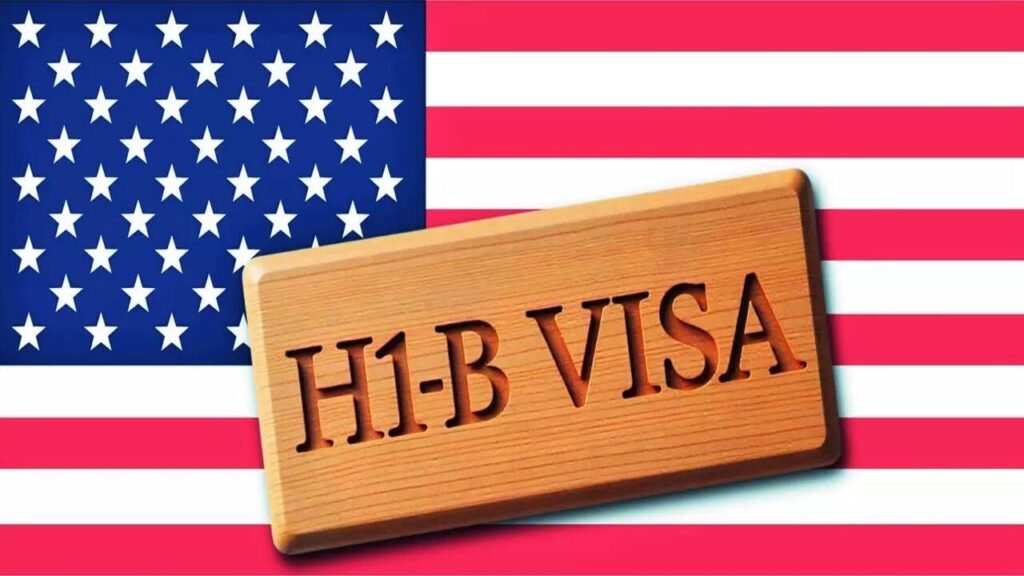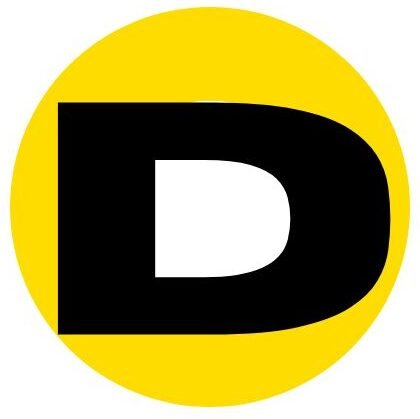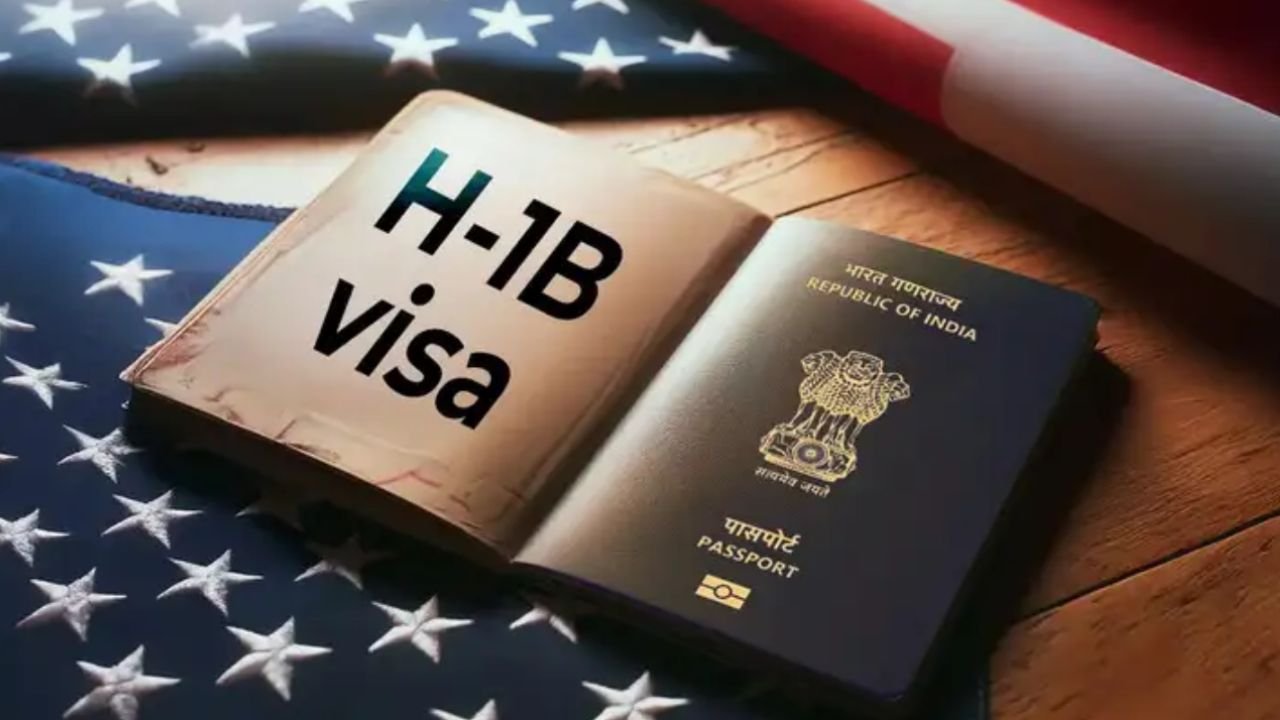The H-1B visa program has long played a critical role in the U.S. economy, particularly in technology and science sectors. However, the program is now under renewed scrutiny as President Donald Trump announced a proposal to introduce a $100,000 application fee for companies hiring foreign workers under the H-1B category. While the administration argues this move is necessary to protect American jobs, business leaders and experts warn it could severely impact the nation’s ability to attract global talent.
What the H-1B Visa Is Designed For
The H-1B is a nonimmigrant visa that allows U.S. employers to hire highly educated foreign professionals in specialty fields. To qualify, applicants must typically hold at least a bachelor’s degree and be employed in areas that require specialized knowledge, such as engineering, computer science, or medicine. Employers are also required to demonstrate that hiring foreign workers will not negatively affect the wages or working conditions of American employees.
Duration and Limits of the Program
An H-1B visa is generally issued for three years and can be extended up to a maximum of six years. In certain cases, individuals can apply for further extensions if they are in the process of obtaining permanent residency through employment-based categories. Each year, the federal government issues 65,000 new H-1B visas, with an additional 20,000 reserved for individuals who have earned advanced degrees from U.S. institutions.
The Numbers Behind H-1B Workers

The demand for H-1B visas remains high, especially in the tech industry. Data shows that Amazon alone received more than 10,000 H-1B approvals this year, followed by Microsoft, Meta, Tata Consultancy Services, Apple, and Google, each securing thousands of approvals. Beyond technology, H-1B workers also fill roles in scientific research, medicine, and biopharmaceuticals, where they contribute to groundbreaking projects such as vaccine development and medical innovation.
Who Holds These Visas?
India remains the largest source of H-1B workers, accounting for nearly three out of every four visas issued. China follows at a distant second with about 12%, while the remaining share is spread across countries worldwide. Many of these workers bring skills that are in short supply in the U.S., which is why critics of the new policy fear it could disrupt industries dependent on global expertise.
Equal Rights and Worker Protections
H-1B visa holders are entitled to the same pay and workplace protections as American employees performing similar jobs. Employers are not allowed to shift costs such as petition fees or legal expenses onto these workers. Despite misconceptions, many studies suggest that H-1B professionals complement rather than replace U.S. workers by filling critical gaps in knowledge and innovation.
Global and Economic Impact of Trump’s Fee
The Trump administration argues that the $100,000 fee is aimed at preventing misuse of the visa system. However, trade groups and foreign governments, particularly India’s tech industry association Nasscom, warn that the move could have a chilling effect on innovation and international collaboration. India’s foreign ministry also raised humanitarian concerns, saying the policy could disrupt families and create uncertainty for thousands of skilled workers who contribute significantly to both the American economy and global technology advancement.
As the proposal faces potential legal and political challenges, the future of the H-1B program remains uncertain. While the U.S. has historically benefited from the talent pool that this visa brings, stricter fees and regulations may push skilled professionals to seek opportunities in other countries, ultimately reshaping the global landscape of innovation and employment.

